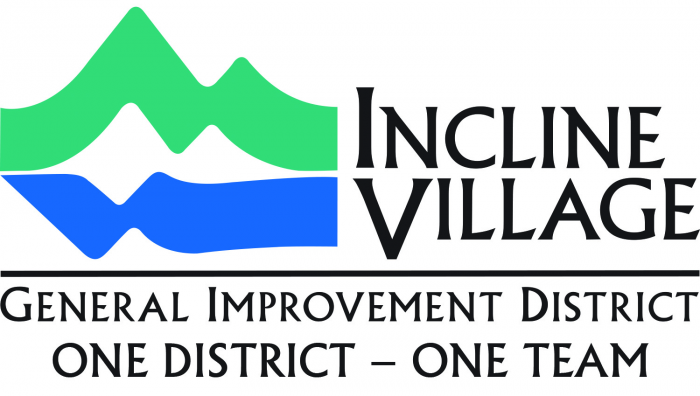 In recent years, the prospect of working remotely – or “telecommuting” – has become a reality for a greater number of employees, including those that work in the public sector. Citrix, the company behind GoToMeeting software, said in a recent blog post that as many as one-fifth of American workers now telecommute, “with the number expected to reach 60 percent in the next five years.”
In recent years, the prospect of working remotely – or “telecommuting” – has become a reality for a greater number of employees, including those that work in the public sector. Citrix, the company behind GoToMeeting software, said in a recent blog post that as many as one-fifth of American workers now telecommute, “with the number expected to reach 60 percent in the next five years.”
Maricopa County, Arizona has been offering limited options for telecommuting since 2008. The arrangement is both a function of employee request and manager approval, according to David Stevens, Maricopa County’s Chief Information Officer. He says that the Information Technology (IT) Department has been offering telecommuting opportunities for various positions for at least the past two years. Many IT positions, like analysts, consultants, and some engineers, are particularly well suited for some sort of telecommuting arrangement.
From the perspective of government-as-employer, telecommuting offers both advantages and drawbacks, as Stevens points out.
Telecommuting can allow employees to more productive, particularly when doing certain tasks – planning, writing, reading proposals, for example – without the typical office disruptions. In addition, he says, telecommuting is an excellent incentive to offer employees who already put in many hours at the office. Because working remotely – even one or two days a week – can reduce commuting time, it can also be a strong recruitment perk.
On the flip side, offering telecommuting in varying degrees, and as an option for certain positions, can lead to distorted expectations. Some employees build other items into their personal schedules based on not having to be at the office at certain defined times. That can cause disruption to colleagues’ workflow. Telecommuting can be viewed negatively by some because these employees lack full visibility.
The Importance of Managing Expectations and Engagement
In the public and private sectors alike, managing expectations and maintaining accountability are vital to any telecommuting arrangement.
Because telecommuting involves a high level of trust, it’s important to keep checks and balances in place – and to hire the right employees for this positions.
Keeping remote workers engaged is equally important. While telecommuting comes with many advantages for employees, it also comes with the potential risk of feeling isolated. To keep off-site workers in the loop, Citrix suggests that employers host virtual meetings, stay connected through text or video chat tools, and schedule periodic in-person office visits.
Is the Future Already Here?
Depending on your age, you may remember George Jetson talking to his boss, Mr. Spacely, on a phone that not only carried voice features, but also big-screen video chat capabilities. That once-futuristic technology is now commonplace in many a workplace, allowing employees in remote locations to keep in close touch with managers and other team members.
A recent Forbes article highlights Decision Toolbox, a boutique staffing firm in Irvine, California. One of the things that sets the company apart from other staffing firms is that 100 percent of its employees work from remote locations. Kim Shepherd, CEO, says that this arrangement works because Decision Toolbox is built on “amazing employees.”
Shepherd and her partners were determined to create a business that would be “the best place on the planet for people to work,” including a strong focus on work-life balance.
While government entities may not have the luxury to create “the ultimate” workplace structure, adding or increasing telecommuting options may be a step in the right direction – with the right people and under the right circumstances.
“I believe offering telecommuting and alternative work schedules, particularly for an IT workforce, is a good investment and can be managed effectively,” says Maricopa County’s Stevens.
“My view tends to be that we have highly talented and professional staff who are committed to our success, making it easier for me to trust and verify that they are producing results.”



